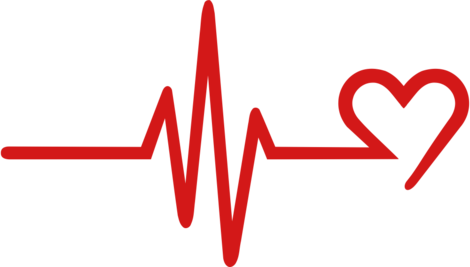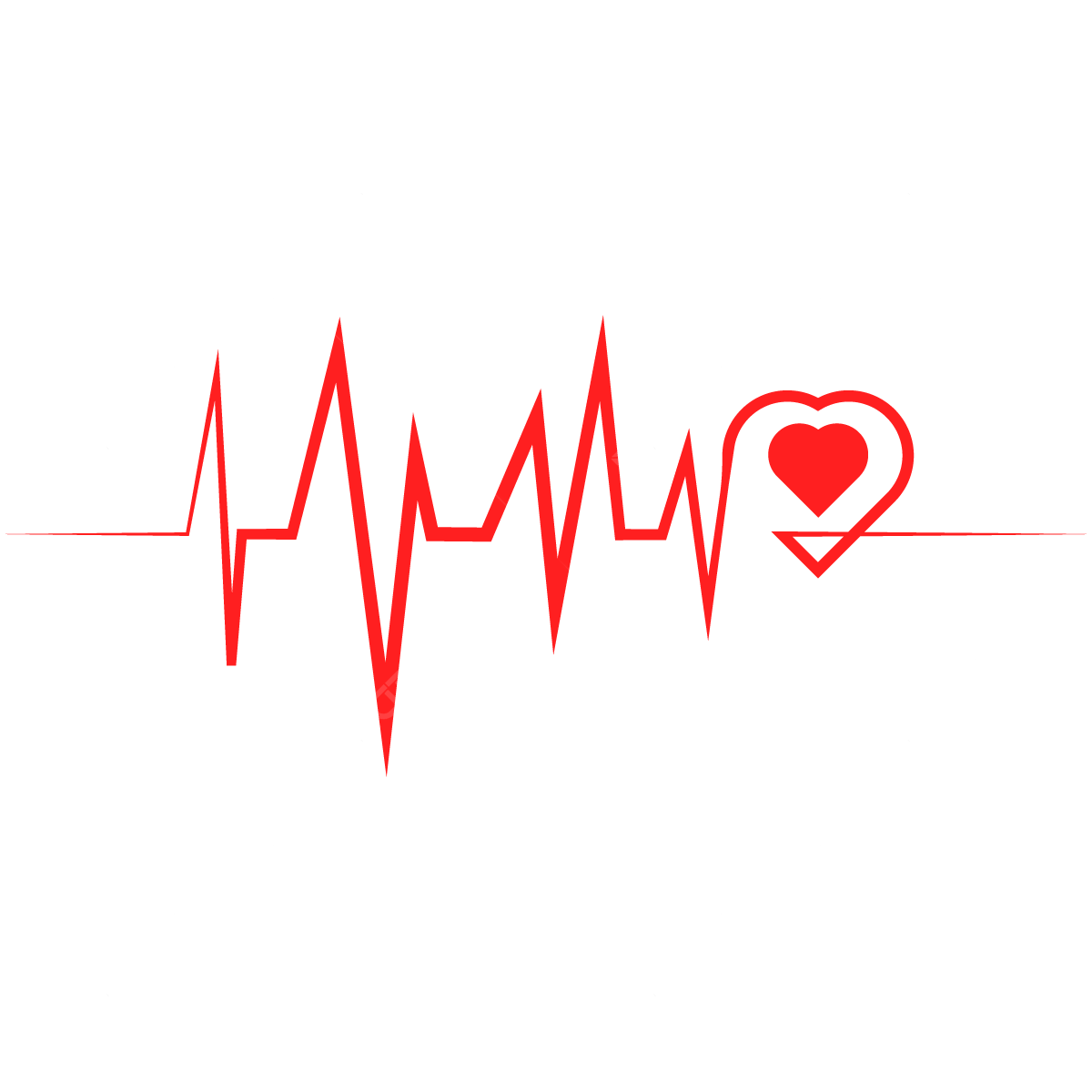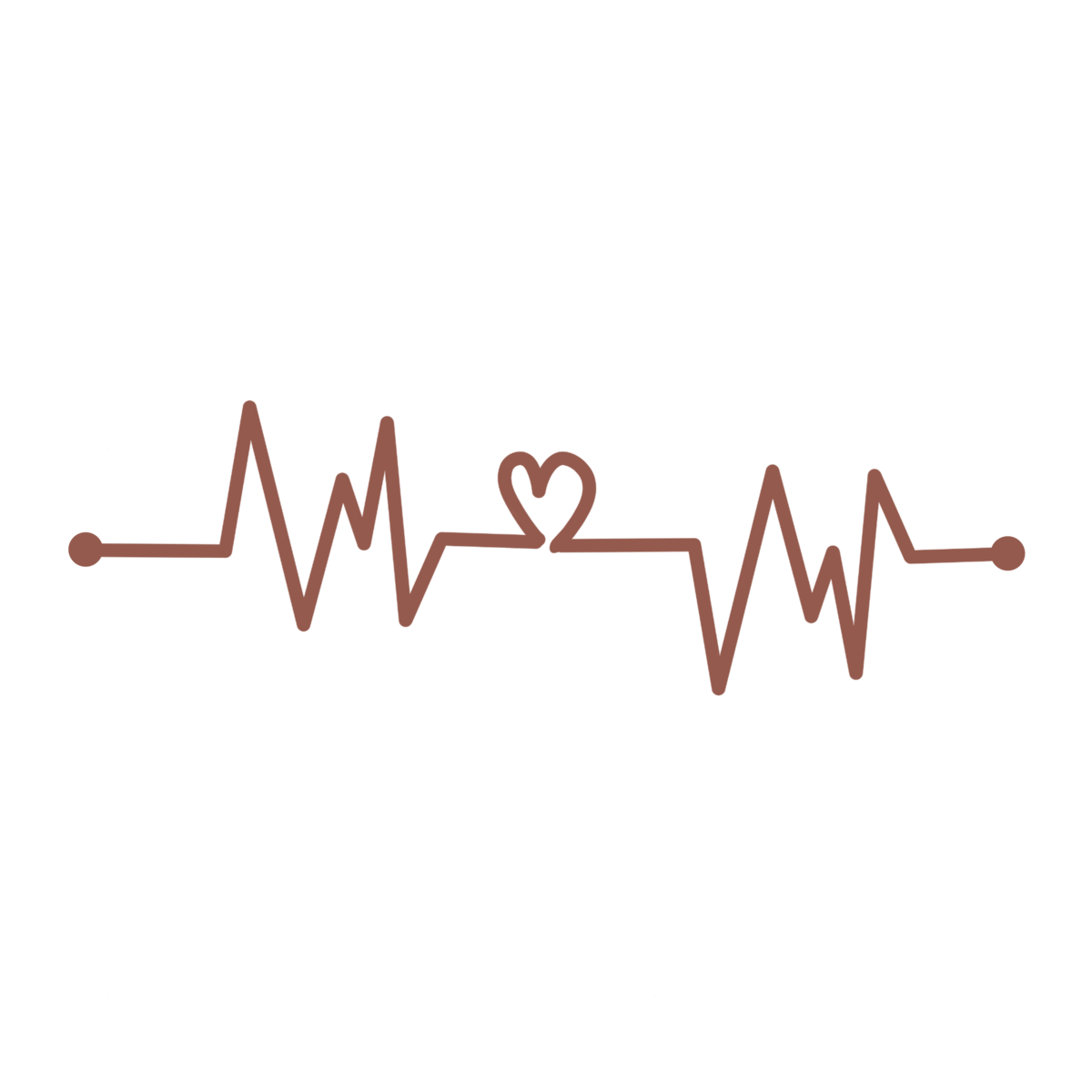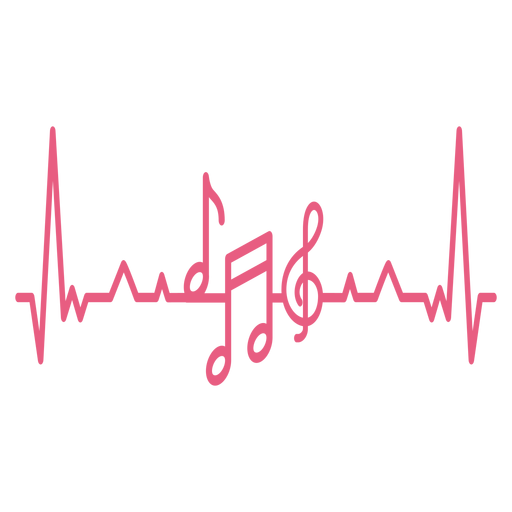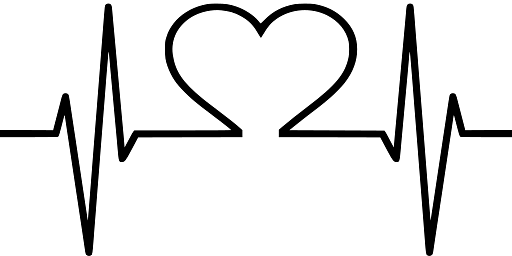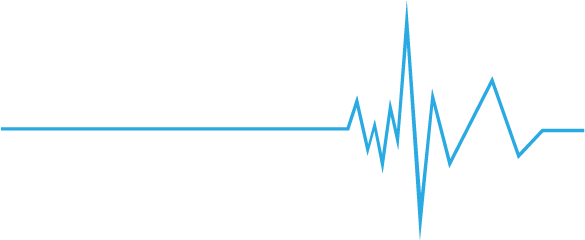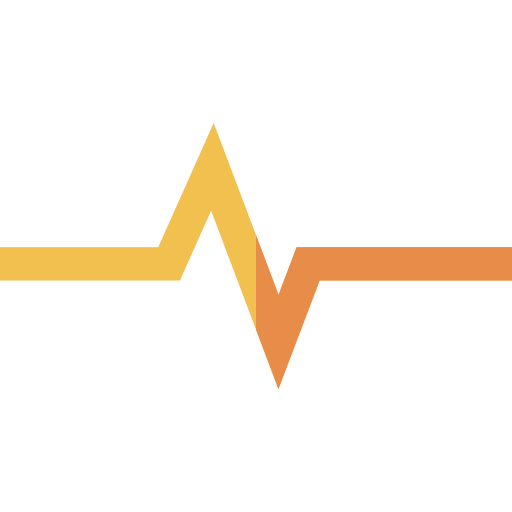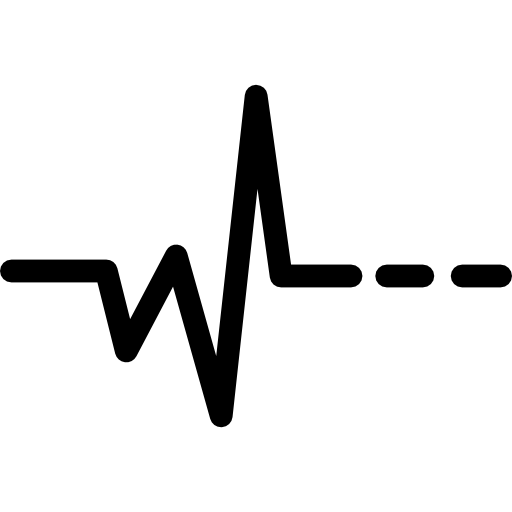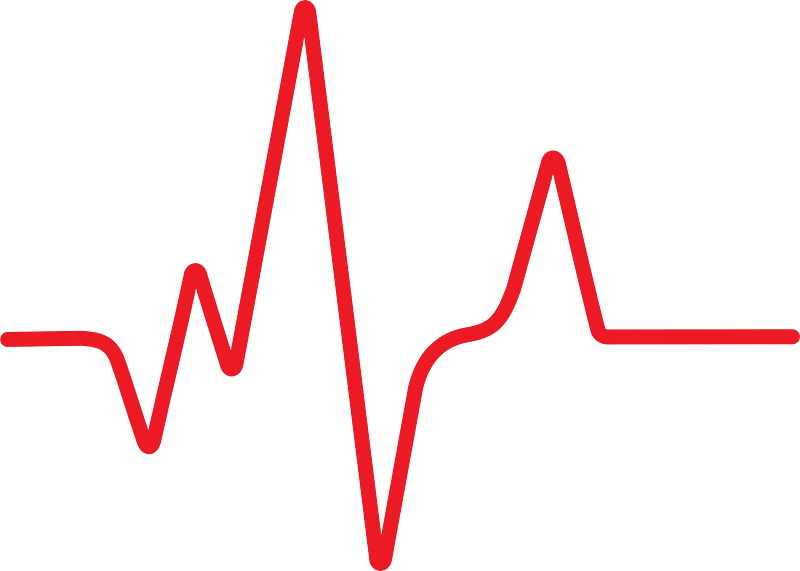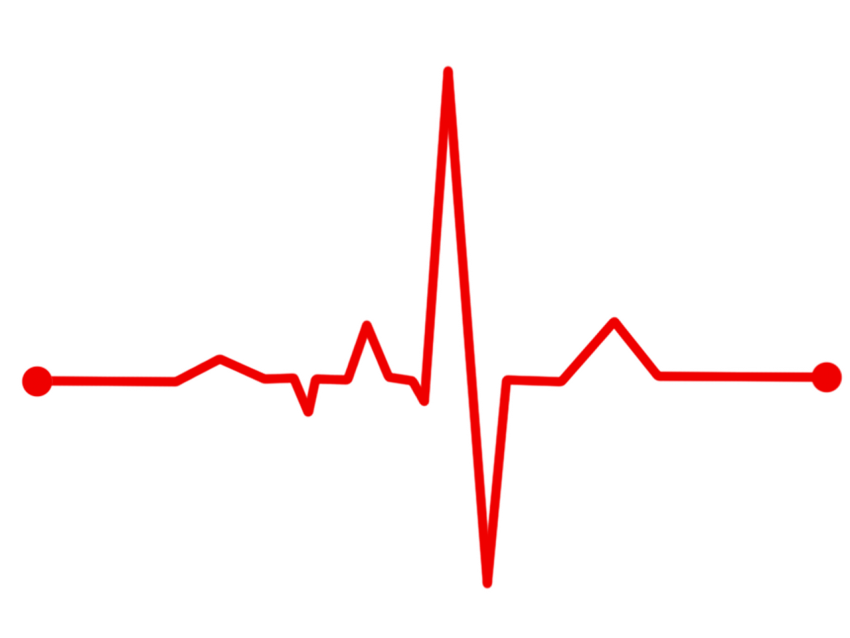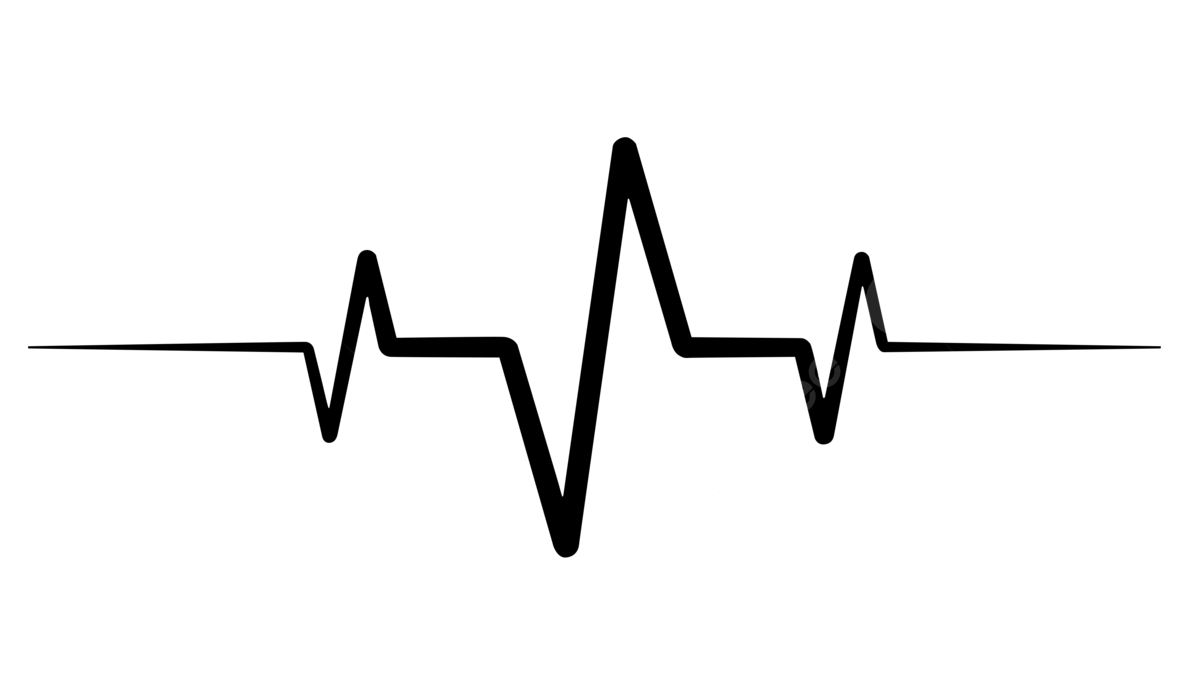Download top and best high-quality free Heartbeat PNG Transparent Images backgrounds available in various sizes. To view the full PNG size resolution click on any of the below image thumbnail.
License Info: Creative Commons 4.0 BY-NC
The heartbeat is the rhythmic contraction and relaxation of the heart muscles that circulate blood throughout the body. It is a vital function of the body that ensures the circulation of oxygen, nutrients, and hormones to all the tissues and organs.
How does the heartbeat work?
The heartbeat is controlled by the electrical impulses generated by the sinoatrial (SA) node, located in the right atrium of the heart. The SA node is also known as the pacemaker of the heart because it initiates the heartbeat and sets the pace for the rest of the heart.
From the SA node, the electrical impulses travel to the atrioventricular (AV) node, which is located between the atria and the ventricles. The AV node delays the impulses before it sends them to the ventricles to prevent the atria and ventricles from contracting at the same time.
After the impulse reaches the ventricles, it travels through the bundle of His and then through the Purkinje fibers, which are specialized fibers that rapidly spread the impulse throughout the ventricles, causing them to contract and pump blood out of the heart.
What factors affect the heartbeat?
The heartbeat is affected by various factors, including:
- Age: The heartbeat slows down with age.
- Physical activity: The heartbeat increases during exercise and physical activity.
- Emotions: Emotions such as fear, anger, and excitement can increase the heartbeat.
- Mental stress: Mental stress can also increase the heartbeat.
- Temperature: High temperatures can increase the heartbeat.
- Hormones: Hormones such as adrenaline can increase the heartbeat.
What is a normal heartbeat?
A normal heartbeat for adults is between 60 to 100 beats per minute (bpm). However, the normal range may vary depending on factors such as age, physical fitness, and health conditions.
A heartbeat that is too slow is called bradycardia, while a heartbeat that is too fast is called tachycardia.
What is an irregular heartbeat?
An irregular heartbeat is when the heartbeat is not regular. It can be too fast, too slow, or have an irregular rhythm. Some of the common types of irregular heartbeat include:
- Atrial fibrillation
- Atrial flutter
- Ventricular tachycardia
- Ventricular fibrillation
An irregular heartbeat can be caused by various factors such as heart disease, high blood pressure, diabetes, thyroid problems, and alcohol or drug abuse. It can have serious consequences such as blood clots, stroke, and heart failure.
How to monitor the heartbeat?
The heartbeat can be monitored using various methods such as:
- Manual pulse check
- Electrocardiogram (ECG)
- Heart rate monitor
A manual pulse check involves placing two fingers on the wrist or neck and counting the number of beats in a minute. An ECG is a diagnostic test that records the electrical activity of the heart and displays it in a graph. A heart rate monitor is a wearable device that tracks the heart rate in real-time.
The heartbeat is a vital function of the body that ensures the circulation of oxygen, nutrients, and hormones to all the tissues and organs. It is controlled by the electrical impulses generated by the SA node, and various factors such as physical activity, emotions, and hormones can affect it. An irregular heartbeat can have serious consequences, and it is important to monitor the heartbeat regularly to detect any abnormalities.
Download Heartbeat PNG images transparent gallery
- Heartbeat PNG Picture
Resolution: 512 × 512
Size: 9 KB
Image Format: .png
Download
- Heartbeat PNG
Resolution: 2644 × 902
Size: 37 KB
Image Format: .png
Download
- Heartbeat Transparent
Resolution: 470 × 267
Size: 13 KB
Image Format: .png
Download
- Heartbeat
Resolution: 1200 × 1200
Size: 34 KB
Image Format: .png
Download
- Heartbeat No Background
Resolution: 1200 × 1200
Size: 41 KB
Image Format: .png
Download
- Heartbeat PNG Clipart
Resolution: 512 × 512
Size: 35 KB
Image Format: .png
Download
- Heartbeat PNG Cutout
Resolution: 512 × 256
Size: 8 KB
Image Format: .png
Download
- Heartbeat PNG File
Resolution: 585 × 240
Size: 5 KB
Image Format: .png
Download
- Heartbeat PNG Free Image
Resolution: 1788 × 696
Size: 29 KB
Image Format: .png
Download
- Heartbeat PNG HD Image
Resolution: 512 × 512
Size: 6 KB
Image Format: .png
Download
- Heartbeat PNG Image File
Resolution: 512 × 512
Size: 9 KB
Image Format: .png
Download
- Heartbeat PNG Image HD
Resolution: 960 × 440
Size: 14 KB
Image Format: .png
Download
- Heartbeat PNG Image
Resolution: 512 × 512
Size: 6 KB
Image Format: .png
Download
- Heartbeat PNG Images HD
Resolution: 800 × 571
Size: 11 KB
Image Format: .png
Download
- Heartbeat PNG Images
Resolution: 850 × 638
Size: 56 KB
Image Format: .png
Download
- Heartbeat PNG Photo
Resolution: 1200 × 675
Size: 36 KB
Image Format: .png
Download
- Heartbeat PNG Photos
Resolution: 2048 × 2048
Size: 56 KB
Image Format: .png
Download
- Heartbeat PNG Pic
Resolution: 2468 × 568
Size: 39 KB
Image Format: .png
Download


